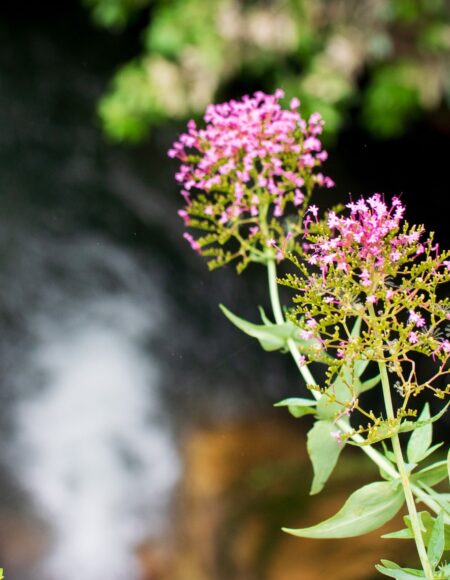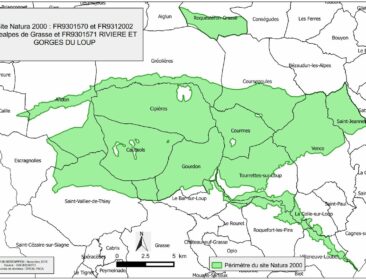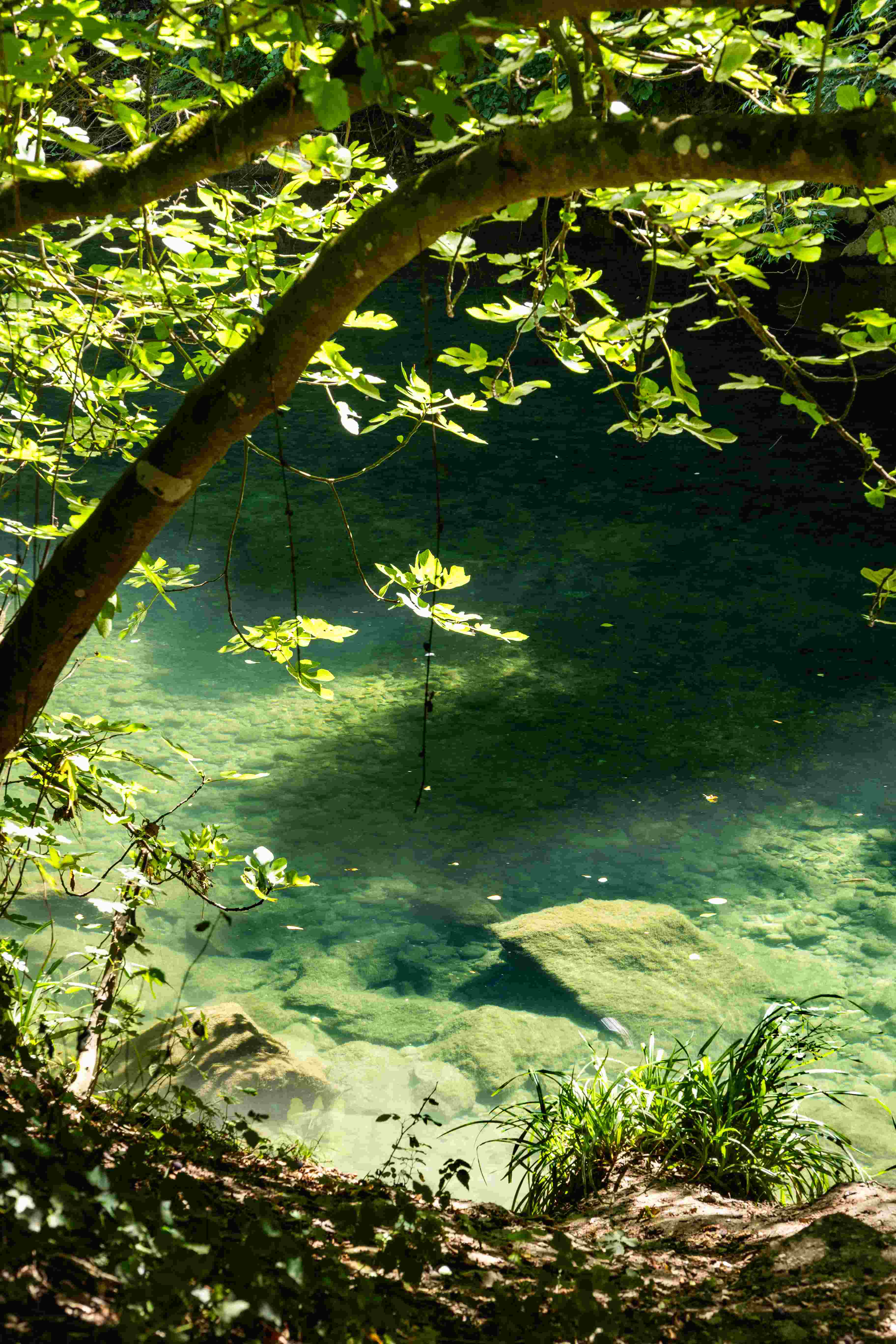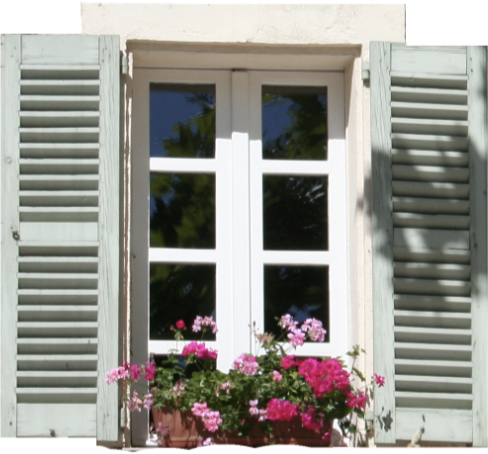La Colle-sur-Loup and its preserved nature
As fundamental tools of the European biodiversity conservation policy, Natura 2000 sites aim to better take account of biodiversity issues in human activities. These sites are designated to protect a number of habitats and species representative of European biodiversity. The precise list of these habitats and species is annexed to the EU Birds Directive and the EU Habitats-Fauna-Flora Directive.
In Europe, the network covers 27,522 sites and 18% of the land area and 6% of the exclusive economic zone. As of March 1, 2017, France has 1,766 sites, covering almost 13% of the metropolitan land area and 11% of the exclusive metropolitan economic zone.
The Natura 2000 network approach favours collective efforts to achieve balanced and sustainable management of areas that takes into account economic and social concerns:
Human activities and infrastructure projects are possible in a Natura 2000 site. To avoid activities that are detrimental to biodiversity, projects that may have impacts on protected species and habitats must be subject to prior assessment;
On a daily basis, the management of Natura 2000 sites is a participatory process involving local stakeholders. A steering committee defines conservation objectives and management measures for each site, which are then implemented in the form of charters and contracts co-financed by the European Union.


Escape
in the wild
Colloise
respecting it
Nestled in a beautiful Provencal nature, the Gorges du Loup and the Rivière du Loup are classified as Natura 2000.
For more information on Natura 2000 and the classified sites of the department: consult the site of the prefecture.











